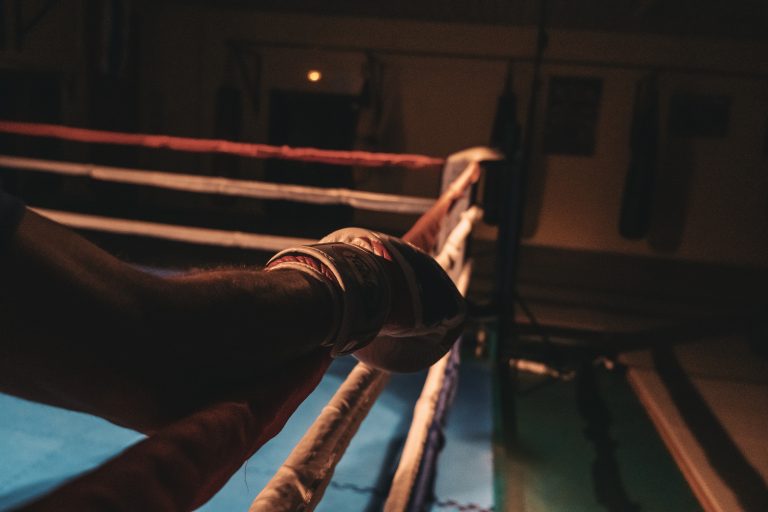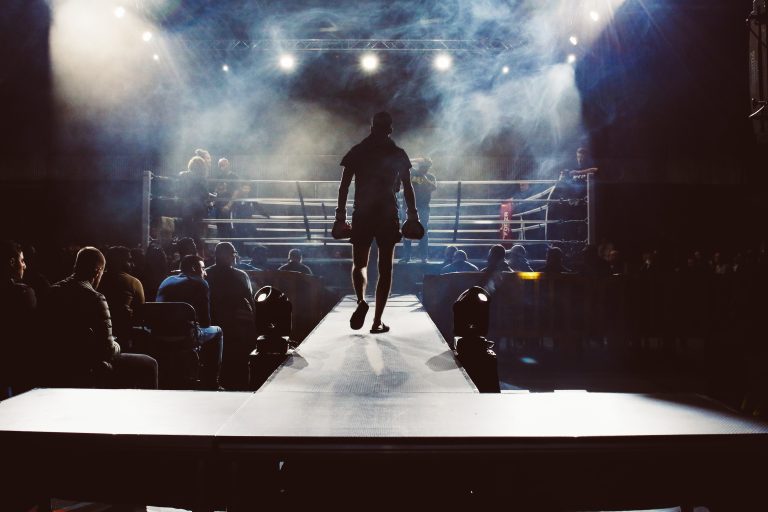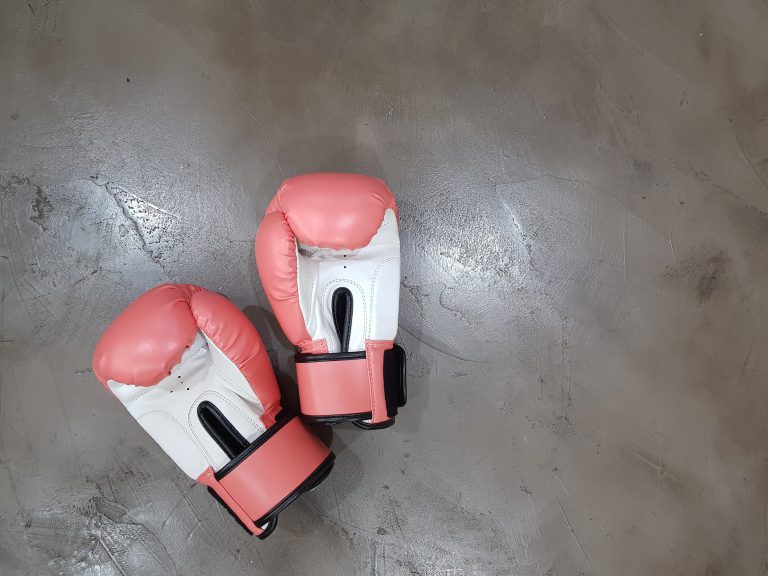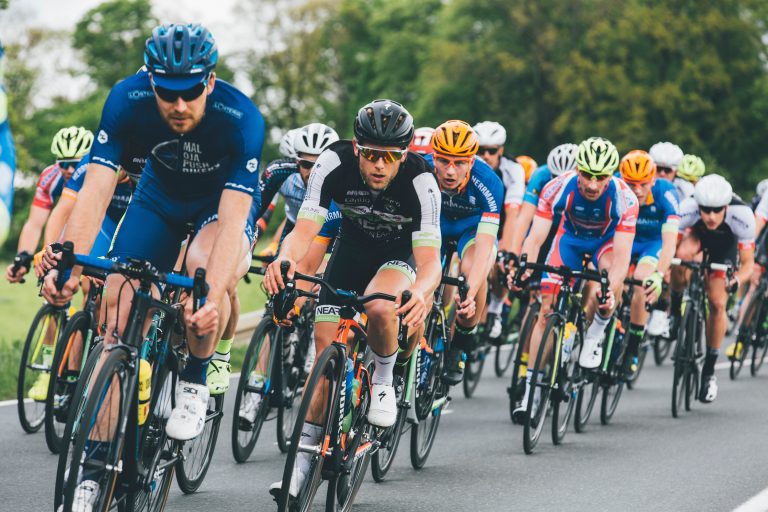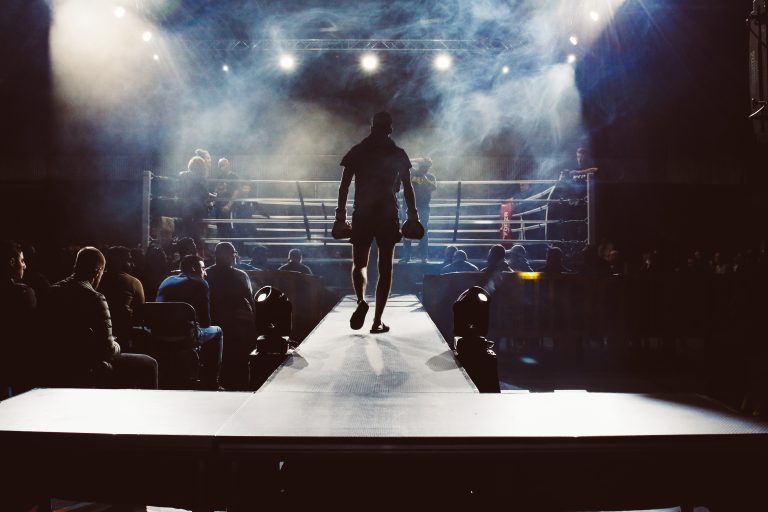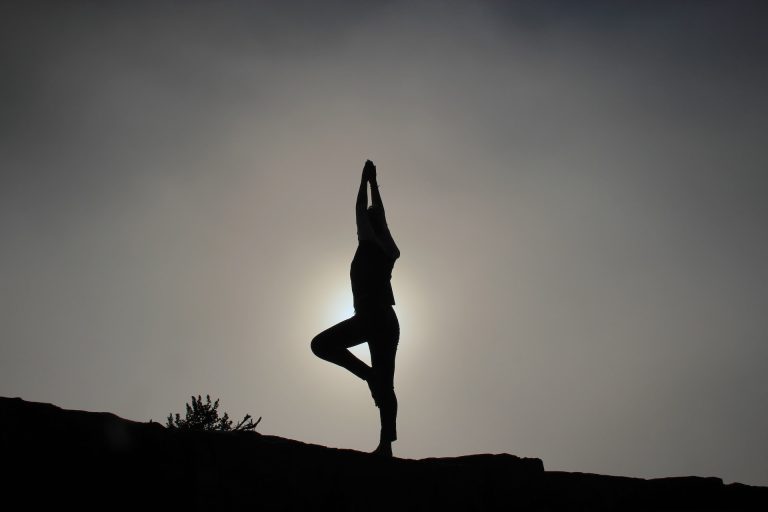The Importance of Stretching Exercises in Karate Training: The 10 Best Techniques
Karate is a highly dynamic martial art that requires the practitioner to have high levels of flexibility, speed, power and agility. Therefore, in order to become a skilled karateka, one must focus on developing these attributes through training and practice. One of the most important aspects of training for karate is stretching exercises. Here are the 10 best stretching techniques for karate training.
1. Hip Flexor Stretch
The hip flexor stretch is an important stretching technique that helps to stretch the muscles of the hips and pelvis. This stretch is performed by kneeling on one knee and extending the other leg forward with the foot flat on the ground. The hips are then lowered towards the floor while maintaining a neutral spine. This stretch helps to improve hip mobility, which is crucial in karate’s kicking techniques.
2. Hamstring Stretch
Hamstring muscles are located at the back of the thigh and are responsible for flexing the knee and extending the hip. This stretch is done by sitting on the floor with your legs extended straight out in front of you, and then reaching forward with your hands towards your toes. This helps to improve flexibility in the hamstrings, which is essential for high kicks.
3. Groin Stretch
The groin stretch is another important stretch that helps to increase the flexibility of the adductor muscles located in the inner thigh. This stretch is performed by sitting on the floor with the soles of the feet touching, and knees bent outwards. The knees are then gently pressed down towards the ground until you feel a stretch in your inner thighs.
4. Quad Stretch
The quadriceps muscles are located at the front of the thigh and are responsible for extending the knee. This stretch is done by standing with one foot in front of the other, and then lifting the back foot towards the buttocks while holding onto the ankle or foot. This helps to improve flexibility in the quadriceps, which is necessary for high kicks and fast movement.
5. Calf Stretch
The calf muscles are located at the back of the lower legs and are responsible for plantar flexion of the foot. This stretch is performed by placing both hands on a wall, and then taking a big step back with one leg while keeping the heel of the other foot on the ground. This helps to stretch the calf muscles, which is important for quick kicks and jumps.
6. Shoulder Stretch
The shoulder stretch is necessary for karateka to develop flexibility in the upper body. This stretch is performed by standing with the feet shoulder-width apart, and then reaching one arm across the chest with the other arm holding it in place. This stretch helps to relieve tension in the shoulders and improves flexibility in the chest muscles.
7. Chest Stretch
The chest muscles are essential for generating power in karate strikes. The chest stretch is performed by standing straight and holding your hands behind your back. The hands are then lifted upwards until you feel a stretch in your chest.
8. Wrist Stretch
The wrist is an important joint in karate that is subjected to a lot of stress during training. The wrist stretch is done by holding one arm out straight with the palm facing down, and then gently pulling back on the fingers with the other hand. This helps to stretch the wrist muscles and prevent injuries.
9. Neck Stretch
The neck is another important part of the body that requires flexibility in karate training. The neck stretch is performed by standing with the feet shoulder-width apart, and then tilting the head to one side while holding onto the opposite ear. This helps to stretch the neck muscles and relieve tension.
10. Butterfly Stretch
The butterfly stretch is necessary for developing flexibility in the hips, lower back, and inner thighs. This stretch is performed by sitting on the floor with the soles of the feet touching, and knees bent outwards. The knees are then gently pressed down towards the ground until you feel a stretch in your hips and inner thighs.
In conclusion, stretching exercises are crucial for karateka to develop the flexibility, speed, power and agility required for this martial art. Practicing these 10 best stretching techniques will help karateka become more proficient in their techniques, prevent injuries, and improve overall performance.
The Importance of Stretching Exercises in Karate Training: The 10 Best Techniques
If you’re a karate student or someone who’s interested in martial arts, you might be aware of the importance of flexibility and agility in the sport. Stretching exercises are not just a way to warm up before training, but they also help in preventing injuries and increasing performance levels. In this blog post, we’ll answer the most frequently asked questions about stretching exercises in karate training and introduce the 10 best techniques to improve your flexibility and strength.
Why are stretching exercises important in karate training?
Stretching exercises are important for several reasons, including:
- Preventing injuries: Stretching exercises help in preparing your muscles, joints and ligaments for the karate training, and reduces the chances of tearing or pulling a muscle.
- Improving flexibility: Karate involves a lot of kicks, punches and movements that require flexibility and agility. Stretching exercises help in improving your range of motion and joint flexibility, which in turn helps in executing techniques and movements easily and effectively.
- Reducing muscle soreness: Karate training can be intensive and can leave your muscles sore and stiff. Stretching exercises help in reducing post-exercise soreness and aid in muscle recovery.
- Increasing performance: Improved flexibility and range of motion can help in increasing your performance levels in karate training, and also enables you to learn and master new techniques easily.
What are the different types of stretching exercises?
There are three main types of stretching exercises:
- Static stretching: This involves stretching a muscle and holding it in a fixed position for a certain period. It is best performed after exercise and is useful for increasing flexibility and reducing muscle soreness.
- Dynamic stretching: This involves moving parts of your body through a range of motion, without holding a static stretch. It is best performed before exercise and is useful for preparing your muscles for training and improving your range of motion.
- Proprioceptive neuromuscular facilitation (PNF) stretching: This is a more advanced form of stretching that involves contracting and relaxing the muscles as well as stretching them. It is useful for improving flexibility and range of motion in specific muscles and joints.
What are some of the best stretching exercises for karate training?
Here are the 10 best stretching exercises for karate training, which can be performed before and after your training:
1. Hip flexor stretch:
This stretch targets the hip flexor muscles, which can become tight due to prolonged sitting or standing.
Steps:
- Kneel down on your right knee, with your left foot flat on the floor in front of you.
- Rest your hands on your left thigh for support.
- Lean forward until you feel a stretch in your right hip flexor.
- Hold the stretch for 30 seconds, then repeat on the other side.
2. Hamstring stretch:
This stretch targets the hamstring muscles, which play a vital role in karate movements such as kicks.
Steps:
- Sit on the floor with your legs straight in front of you.
- Reach forward and try to touch your toes or shins.
- Hold the stretch for 30 seconds, then repeat.
3. Quad stretch:
This stretch targets the quadriceps muscles, which are important for karate kicks and lunges.
Steps:
- Stand with your feet hip-width apart.
- Bend your left knee and hold it with your left hand, bringing your heel towards your buttocks.
- Hold the stretch for 30 seconds, then repeat on the other side.
4. Calf stretch:
This stretch targets the calf muscles, which can become tight due to running or jumping.
Steps:
- Stand facing a wall or a sturdy object.
- Step one foot back, keeping it straight, and place it behind the other foot.
- Lean forward towards the wall, keeping your back leg straight and your heel on the ground.
- Hold the stretch for 30 seconds, then repeat on the other side.
5. Shoulder stretch:
This stretch targets the shoulder muscles, which are important for hand strikes and throws.
Steps:
- Stand with your feet hip-width apart.
- Bring your right arm across your chest and hold it with your left hand.
- Hold the stretch for 30 seconds, then repeat on the other side.
6. Chest stretch:
This stretch targets the chest muscles, which can become tight due to a sedentary lifestyle.
Steps:
- Stand with your feet hip-width apart.
- Interlock your fingers behind your back.
- Lift your arms and try to straighten them, while opening your chest.
- Hold the stretch for 30 seconds.
7. Tricep stretch:
This stretch targets the tricep muscles, which are important for blocking and striking movements.
Steps:
- Stand with your feet hip-width apart.
- Bring your right arm above your head and bend it, placing your hand behind your neck.
- Hold your elbow with your left hand and lean towards the left side.
- Hold the stretch for 30 seconds, then repeat on the other side.
8. Butterfly stretch:
This stretch targets the inner thigh muscles and can improve flexibility in groin area.
Steps:
- Sit on the floor with your knees bent and the soles of your feet touching.
- Hold your feet with your hands.
- Bring your heels towards your buttocks, while pushing your knees towards the floor.
- Hold the stretch for 30 seconds.
9. Back stretch:
This stretch targets the back muscles, which can become stiff due to poor posture.
Steps:
- Stand with your feet hip-width apart.
- Interlock your fingers and stretch your arms forward, while rounding your back.
- Hold the stretch for 30 seconds.
10. Neck stretch:
This stretch targets the neck muscles, which can become sore due to stress or poor posture.
Steps:
- Sit or stand with your back straight.
- Slowly tilt your head to the right side, until you feel a stretch.
- Hold the stretch for 30 seconds, then repeat on the other side.
When is the best time to do stretching exercises?
The best time to do stretching exercises is after a warm-up or as part of a cool-down after training. Dynamic stretching is recommended before training, to prepare the muscles and joints for the workout, while static stretches are best performed after the workout, to improve flexibility and reduce muscle soreness.
How often should you do stretching exercises?
It is recommended to do stretching exercises at least 2-3 times a week, or daily if possible, to maintain flexibility and improve range of motion. However, it is important to listen to your body and avoid over-stretching, which can lead to injuries.
Final Thoughts
Stretching exercises are a crucial component of karate training, as they improve flexibility, agility, and performance, while reducing the risk of injury. Incorporating these 10 best stretching exercises into your training routine can help you achieve a better level of fitness and ability in the sport. Remember to always warm up before stretching and perform the exercises correctly and safely.
Inhaltsverzeichnis

